My goal is to make a Solar-powered wireless weather station that can be deployed in a remote location where there is no internet connectivity. I am planning to use a LoRa module to achieve long-range data transmission.
LoRa is a wireless connectivity technology supporting the internet of things (IoT) system. The use of the LoRa network will increase the range of wireless communication that can reach distances of up to 5 kilometers with ultra-low power consumption. One more advantage is that one LoRa network cell can connect end devices to hundreds of nodes.
The weather station will be fully solar-powered, so no need to worry about the external power supply. You can install it in a remote place without laying long cables to provide power.
I have earlier posted two Instructables on Weather Stations ( Version -1.0, Version-2.0, Version-3. ) that are very popular on the internet. Based on the user's feedback, I tried my best to make a more powerful weather station by including new features.
This Weather Station is such a compact weather station that consists of several meteorological sensors that measure the following parameters:
1. Internal Temperature (BME280)
2. Humidity (BME280)
3. Barometric Pressure (BME280)
4. External Temperature (DS18B20)
5. Wind Speed ( Sparkfun Weather Meter )
6. Wind Direction ( Sparkfun Weather Meter )
7. Rain Gauge ( Sparkfun Weather Meter )
8. UV Index ( SI1145)
9. Lux Level ( BH1750 )
10. Air Quality - PM1.0, PM2.5,PM-10 ( PMS5003 / 7003)
11. Soil Temperature and Humidity ( SHT10 )
I have designed a customized PCB for this project. It is designed in such a way that you can conveniently integrate different combinations of sensors according to your actual application needs.
Why a Weather Station?
Imagine you are residing in a place that is far away from the meteorological department. In such a case, the weather predictions you get may not be the most precise. This is where home weather stations become more advantageous. This small weather station can provide accurate data regarding the weather parameters of where you live.
Today, data on localized weather, known as microclimates, is the new frontier for more precise and accurate weather forecasting. As a result, the collection of weather data is becoming increasingly smaller and gridded.
Applications:
The applications of this type of small portable weather station are vast in the area of smart agriculture, smart city, solar power plants, construction site, etc.
Support me On Patreon:
If you enjoy my work here on Instructables, consider joining my Patreon, it will be a great help for me to make more interesting projects in the future.
Patreon Link:https://www.patreon.com/opengreenenergy
 Open Green Energy
Open Green Energy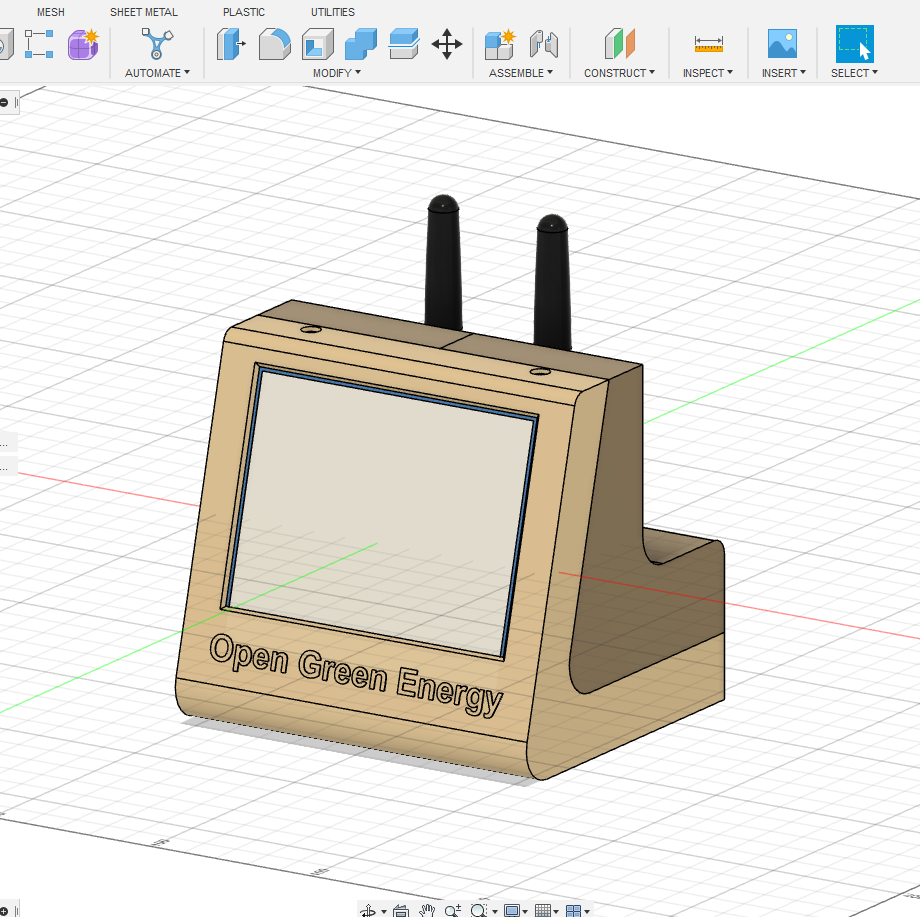

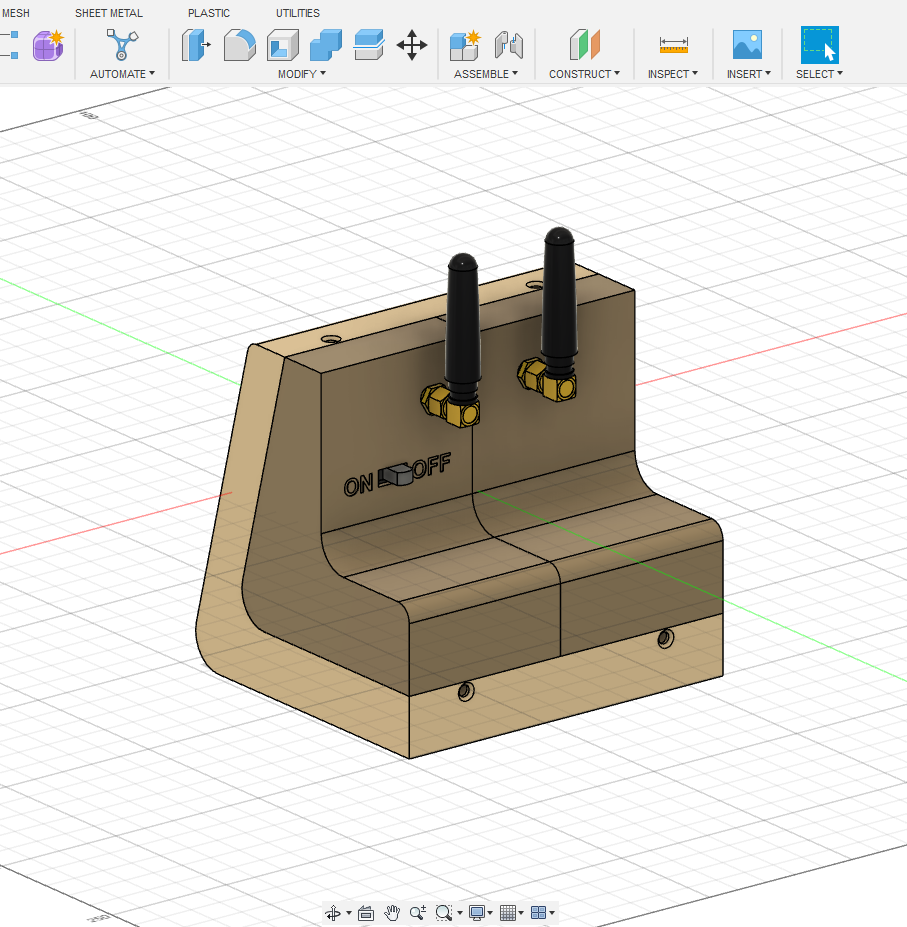
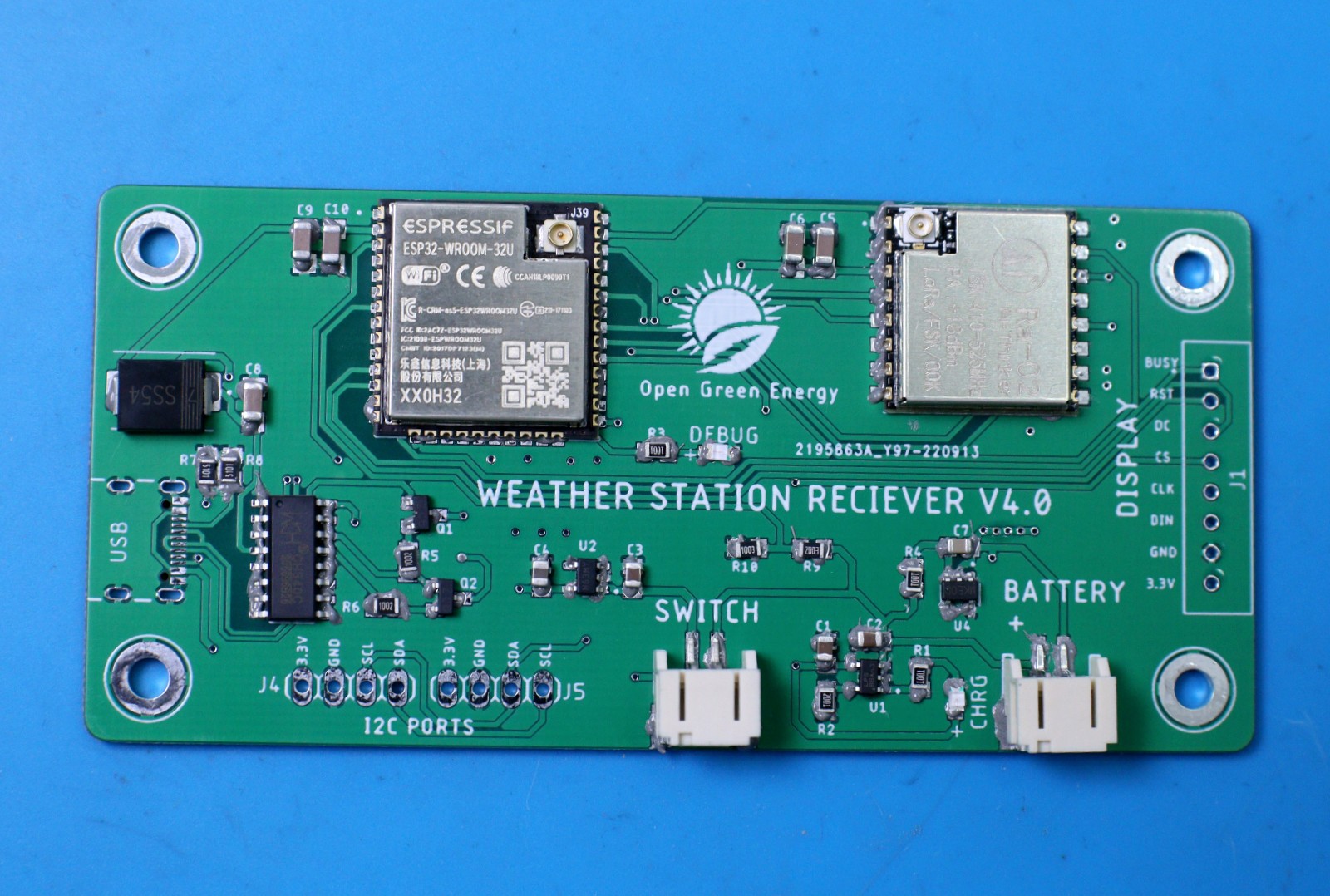
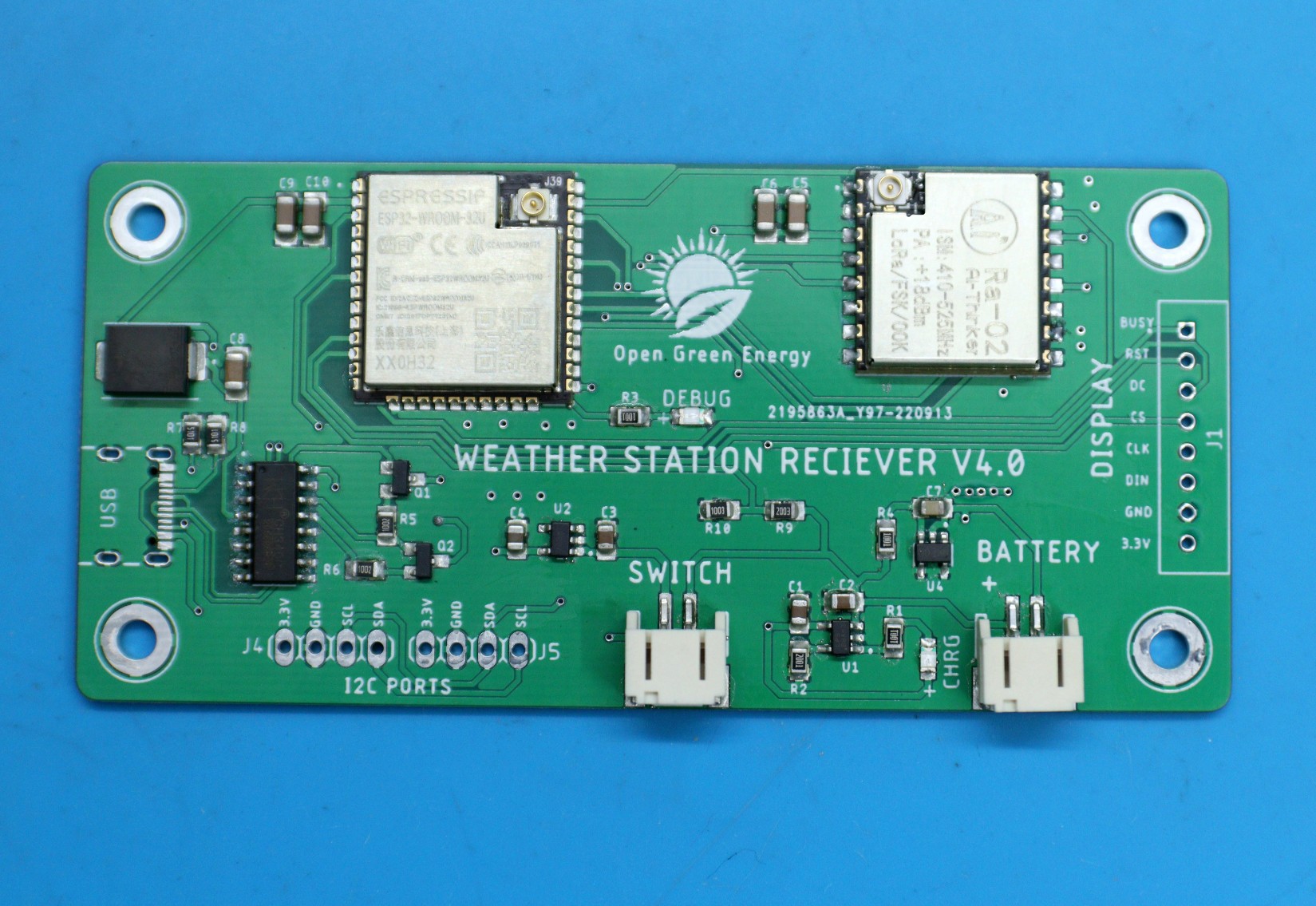
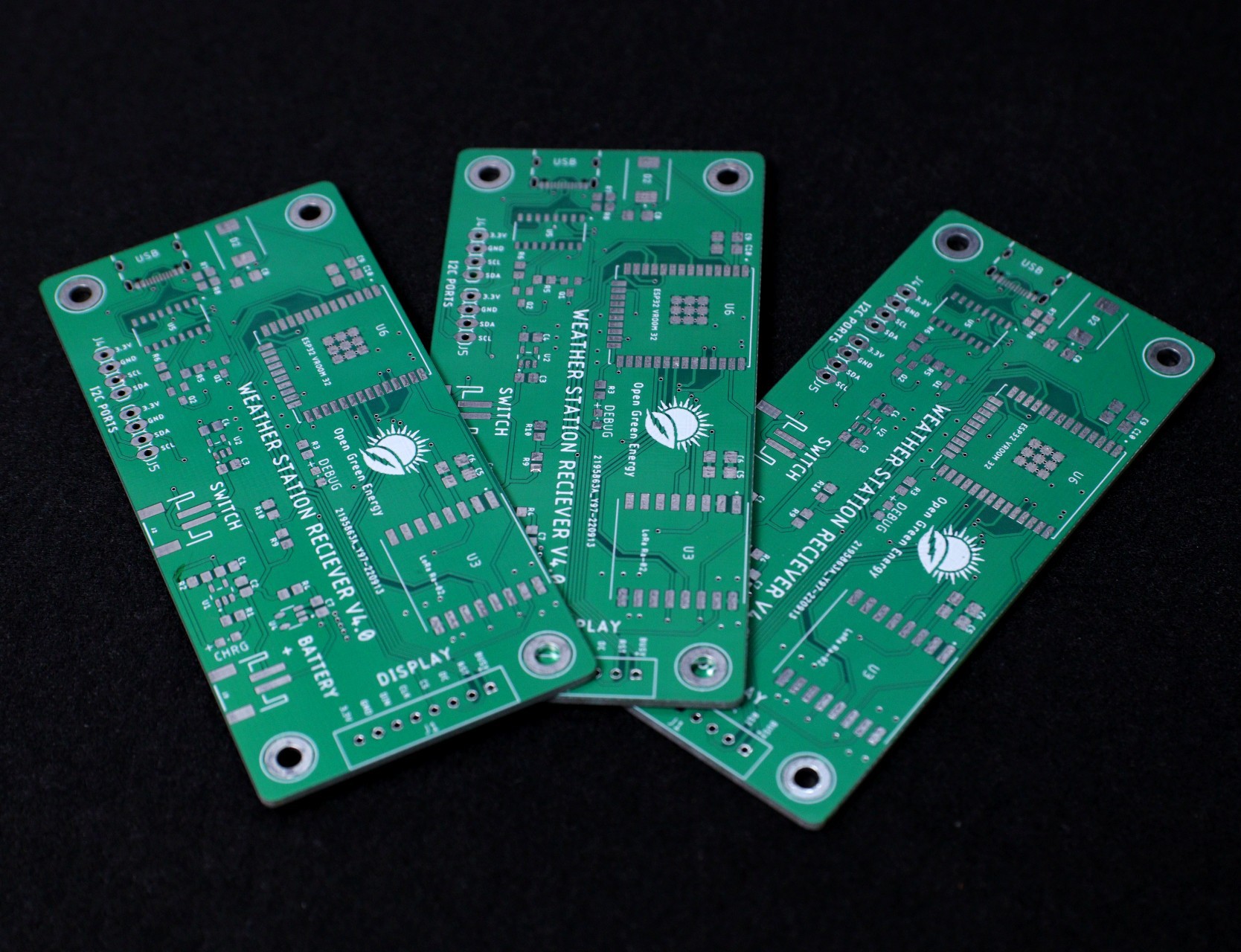
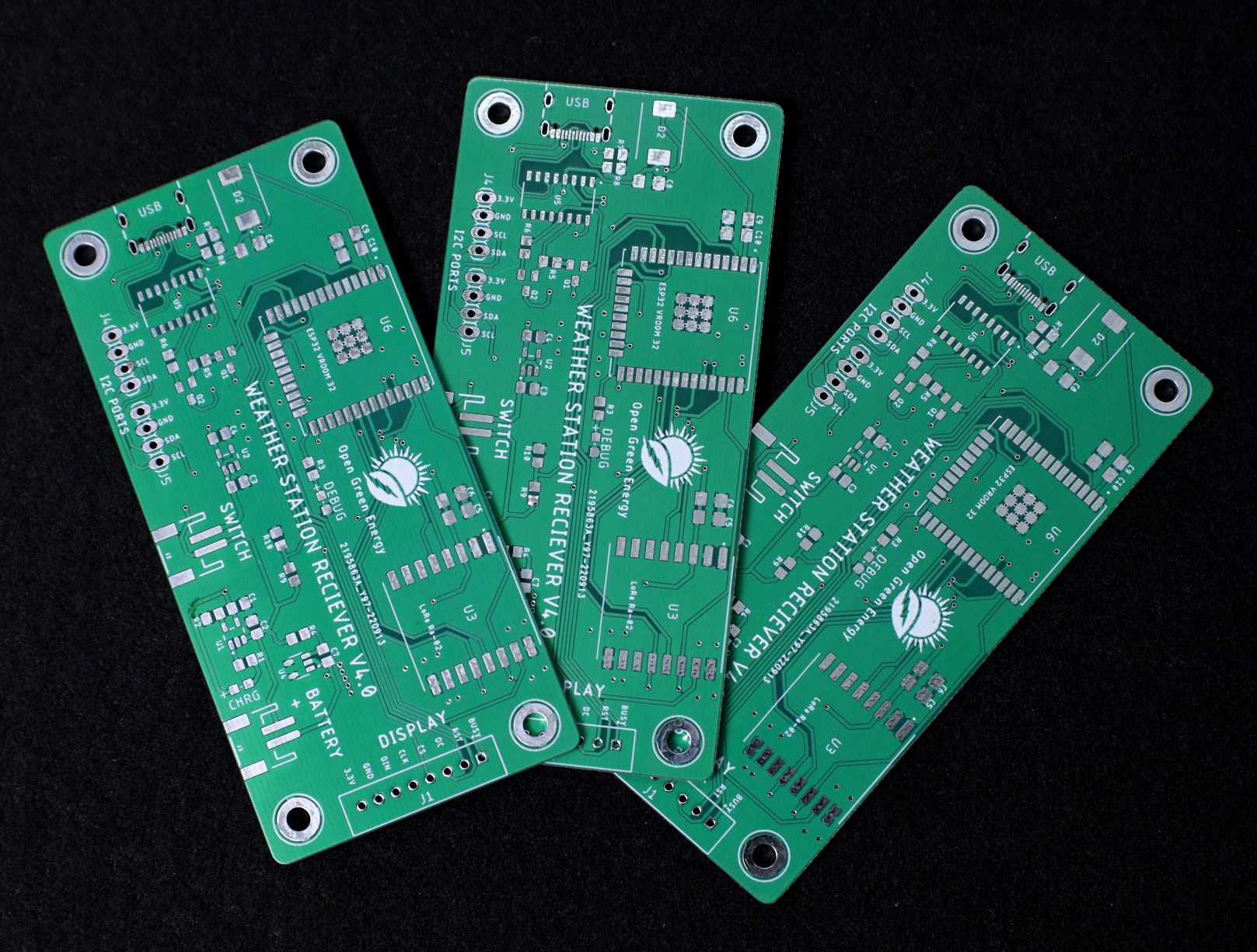
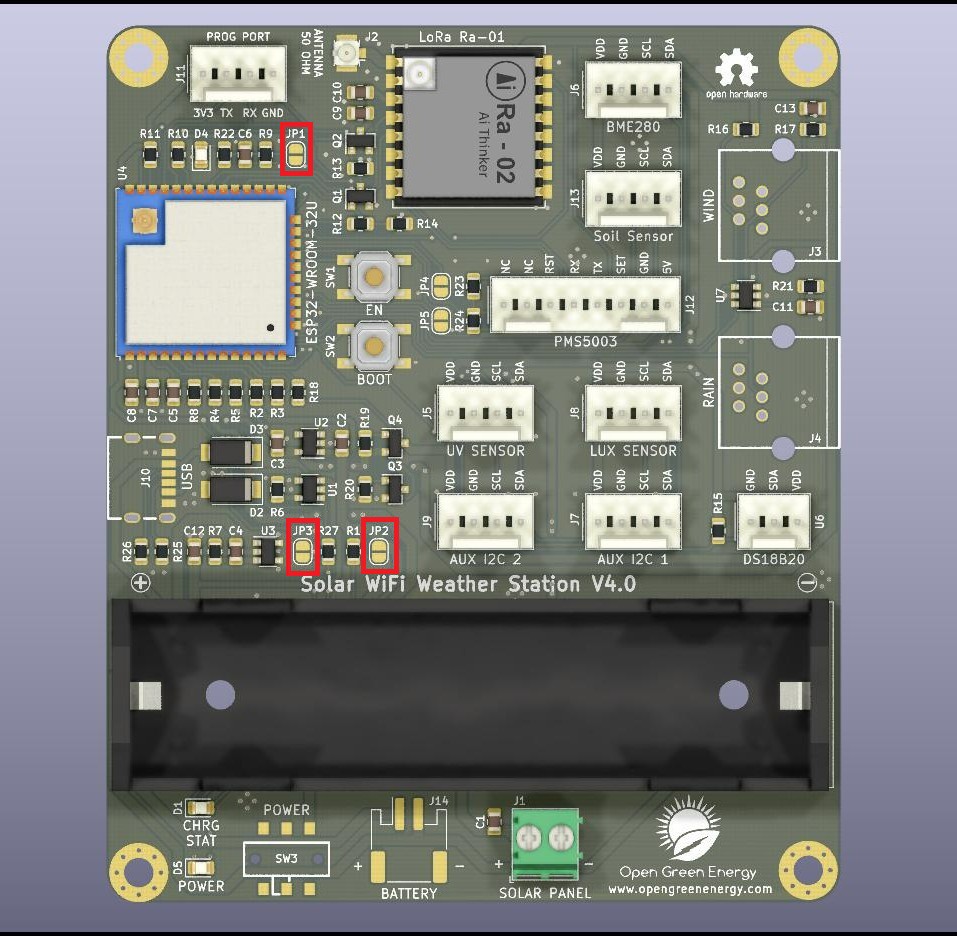
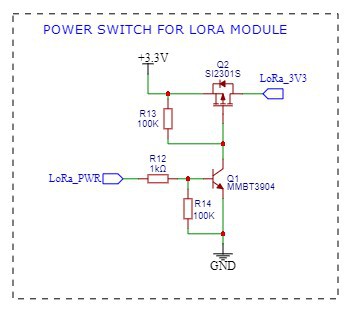
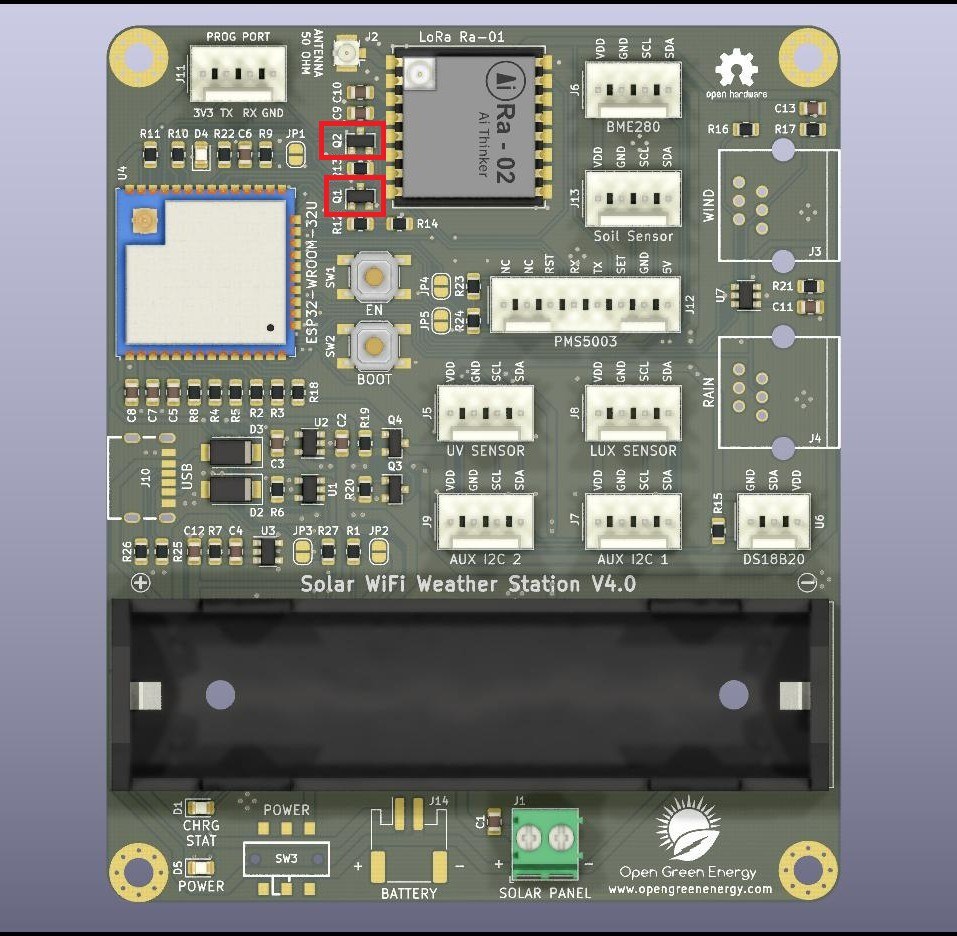
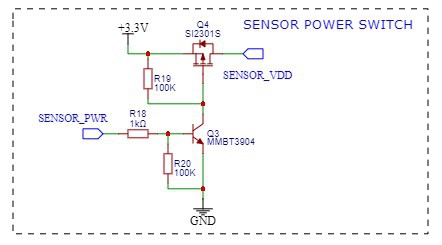


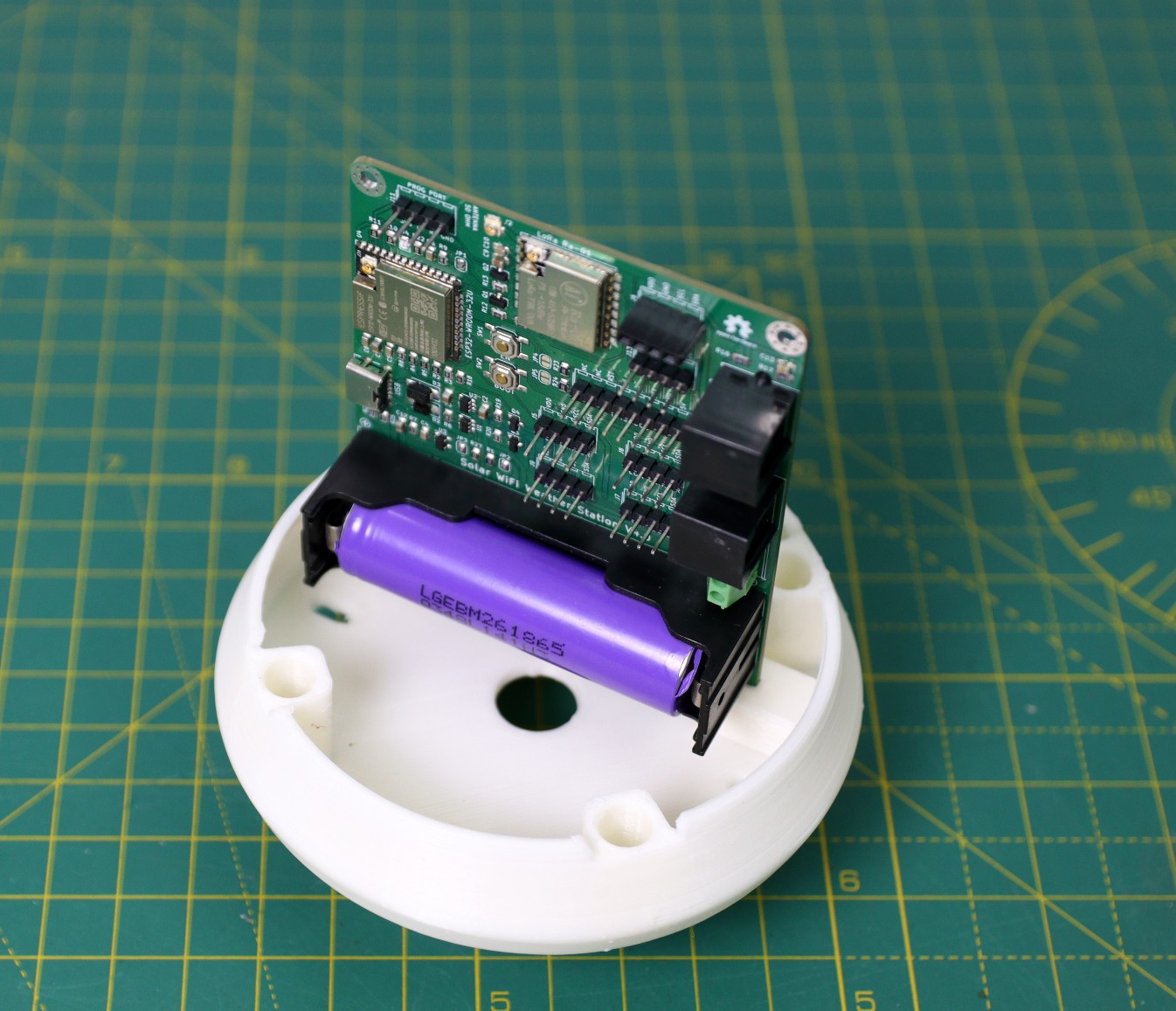
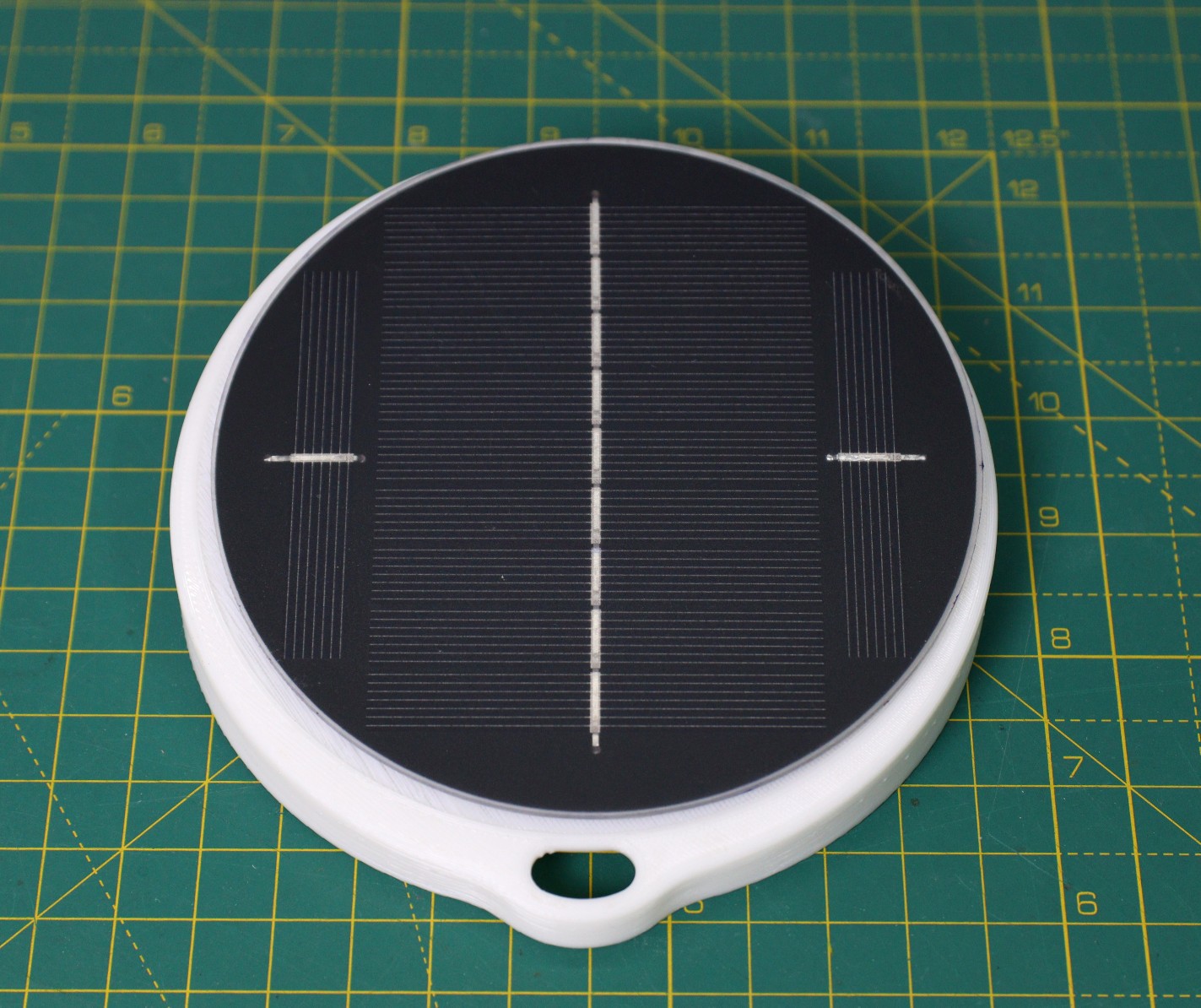
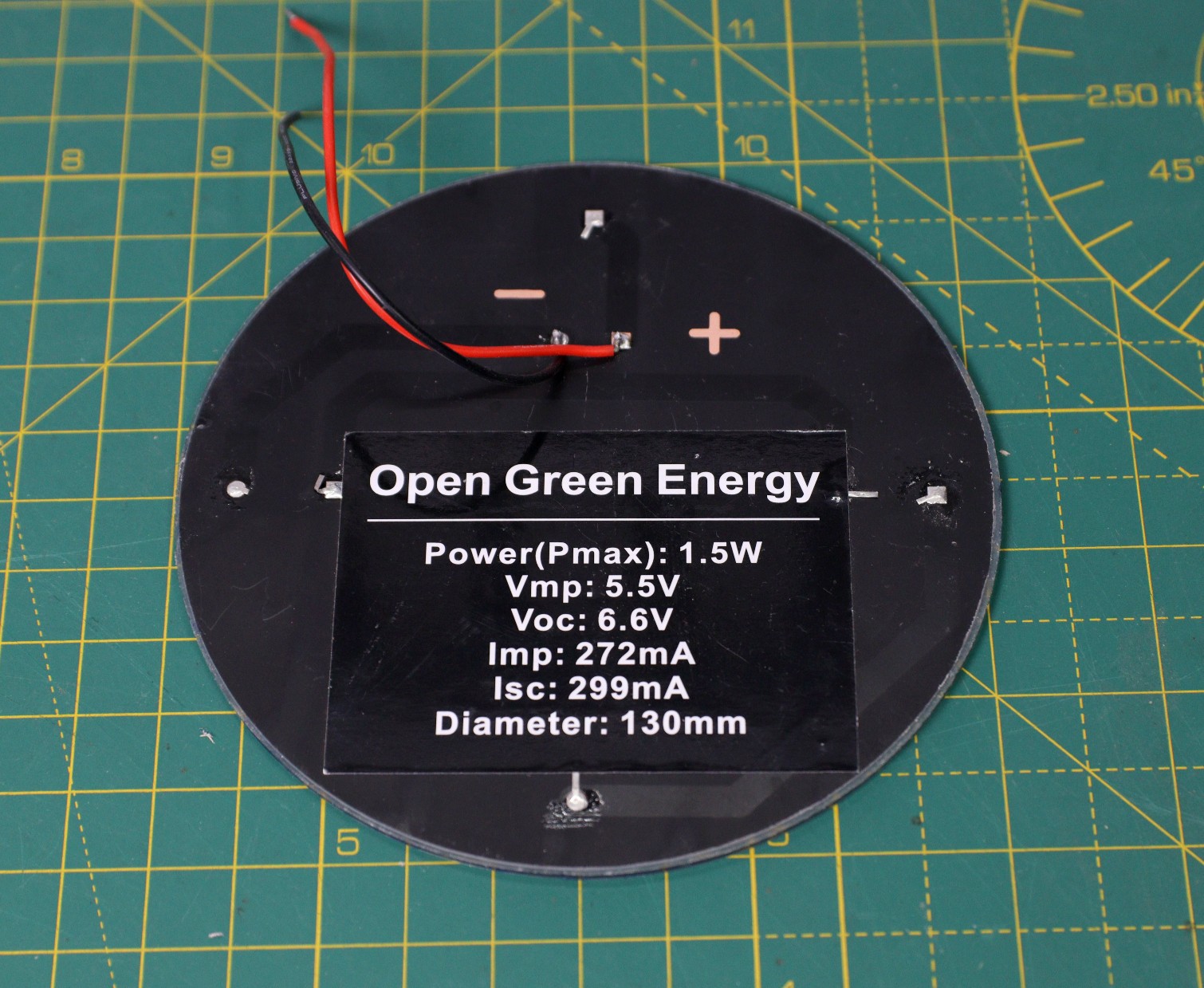


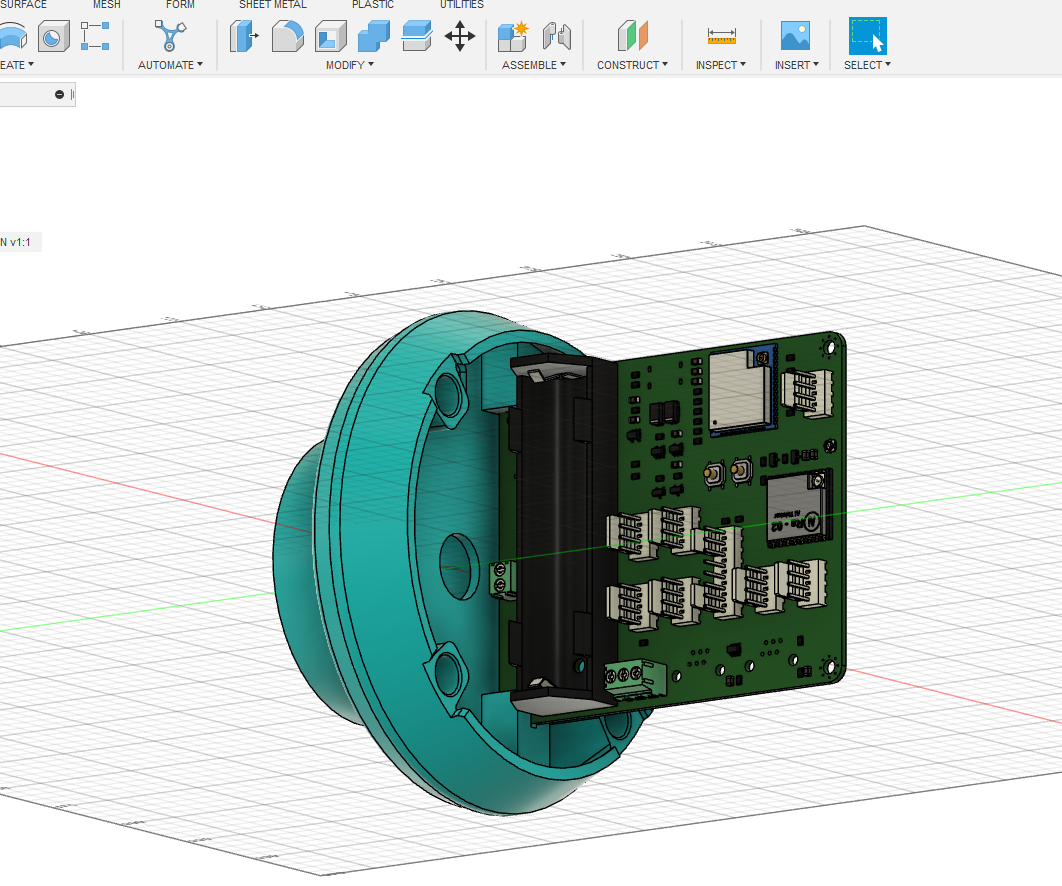

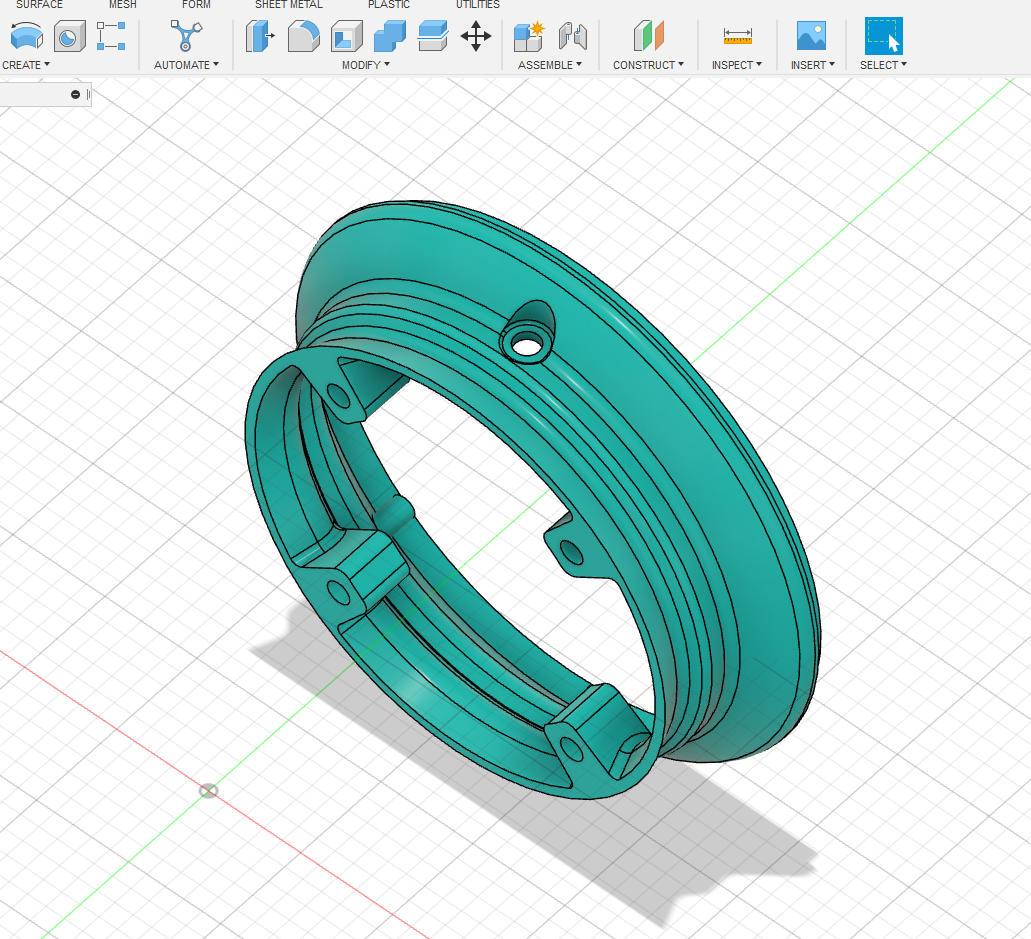
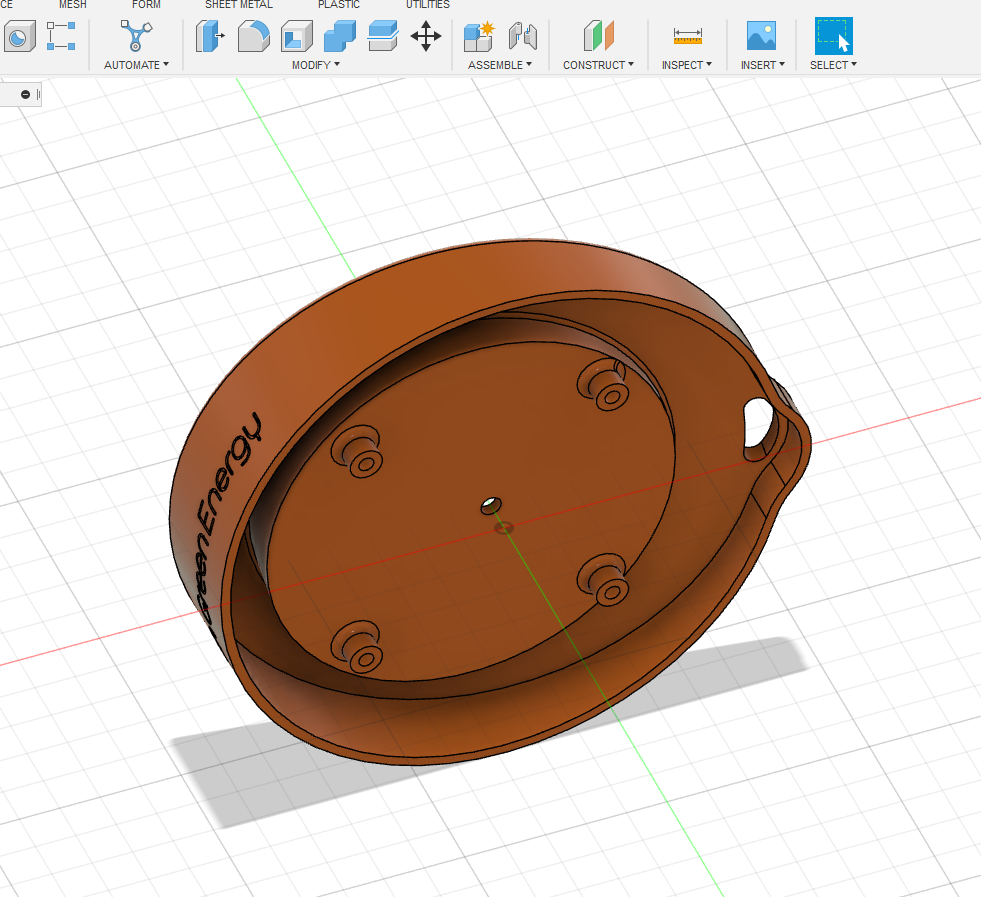
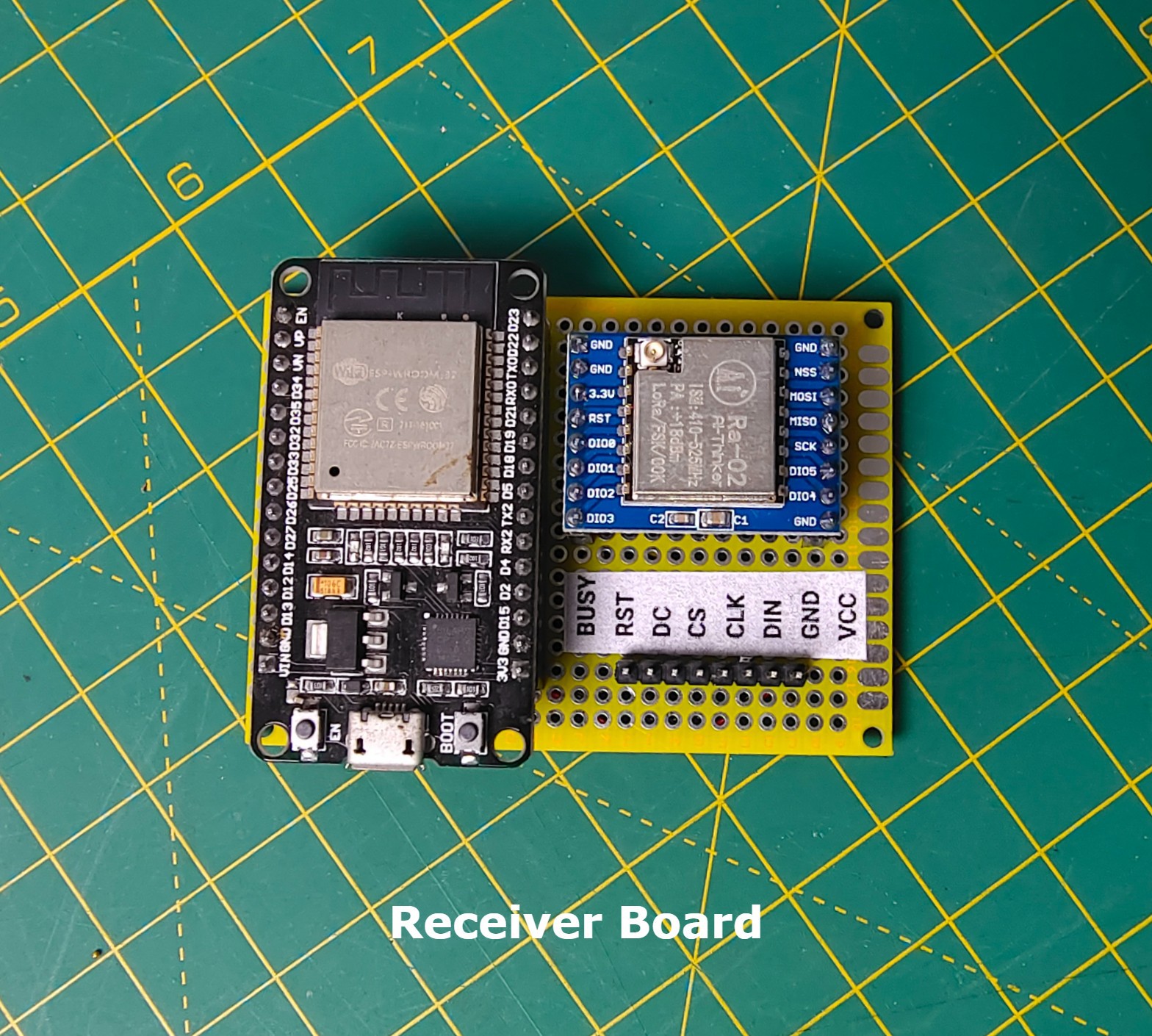
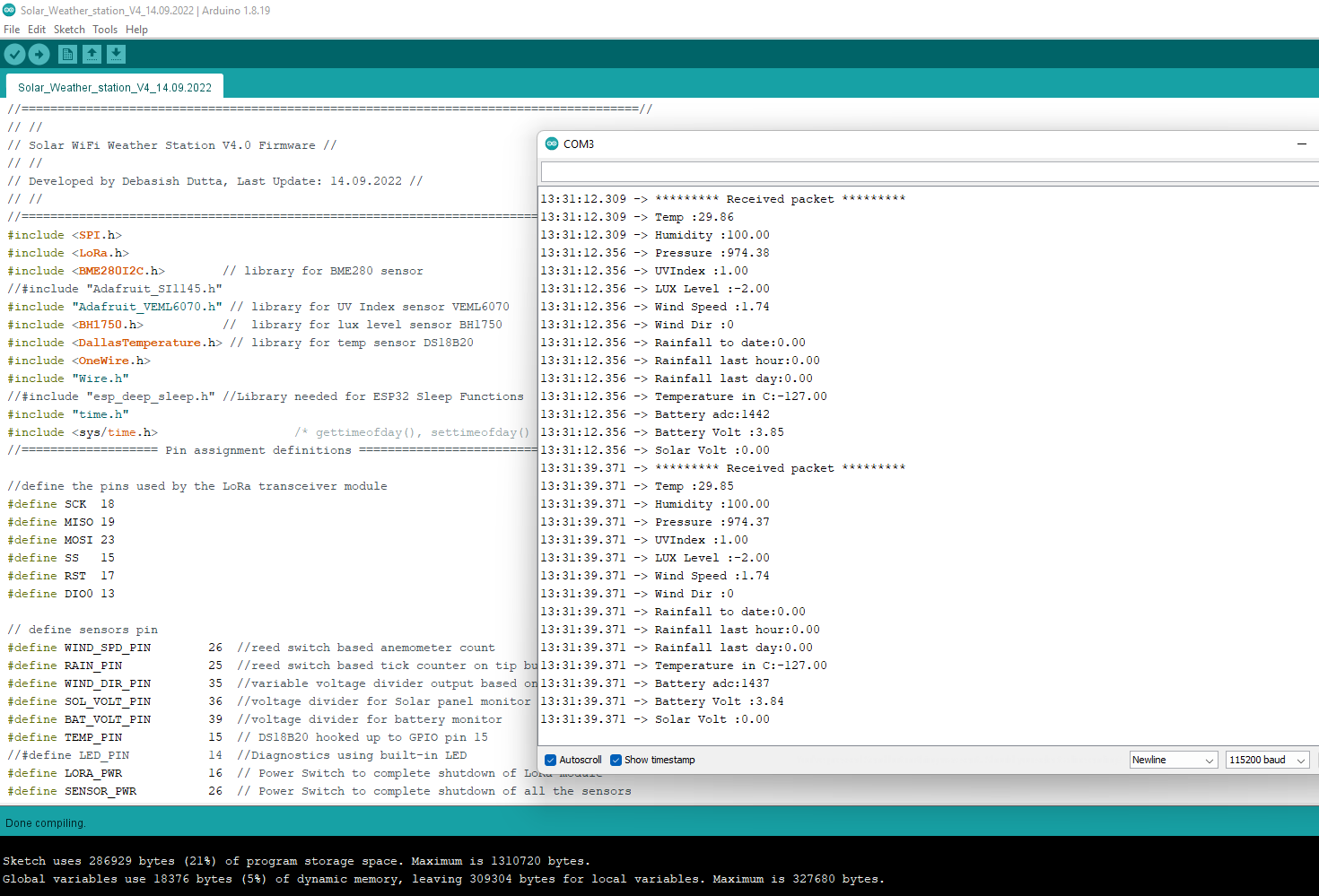


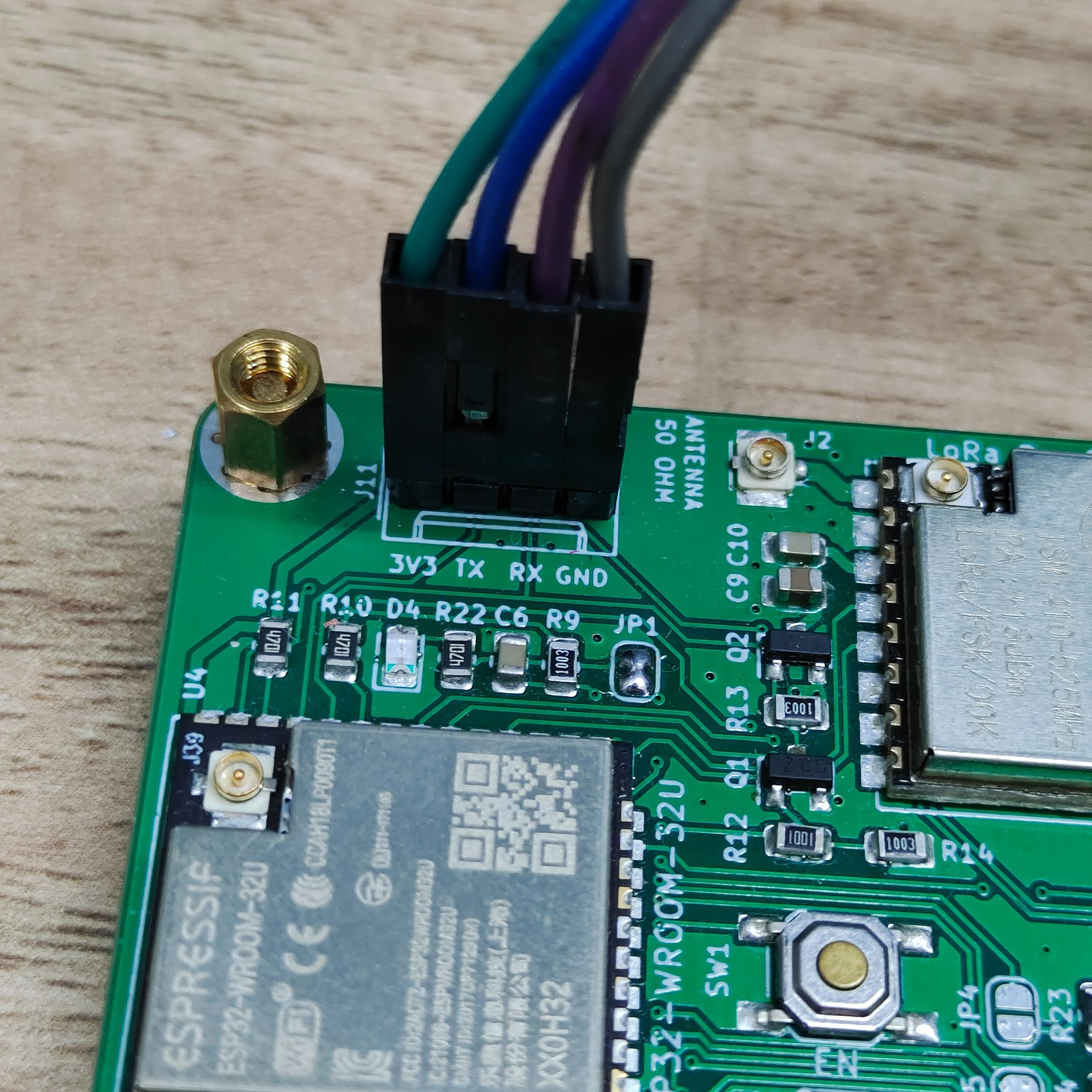
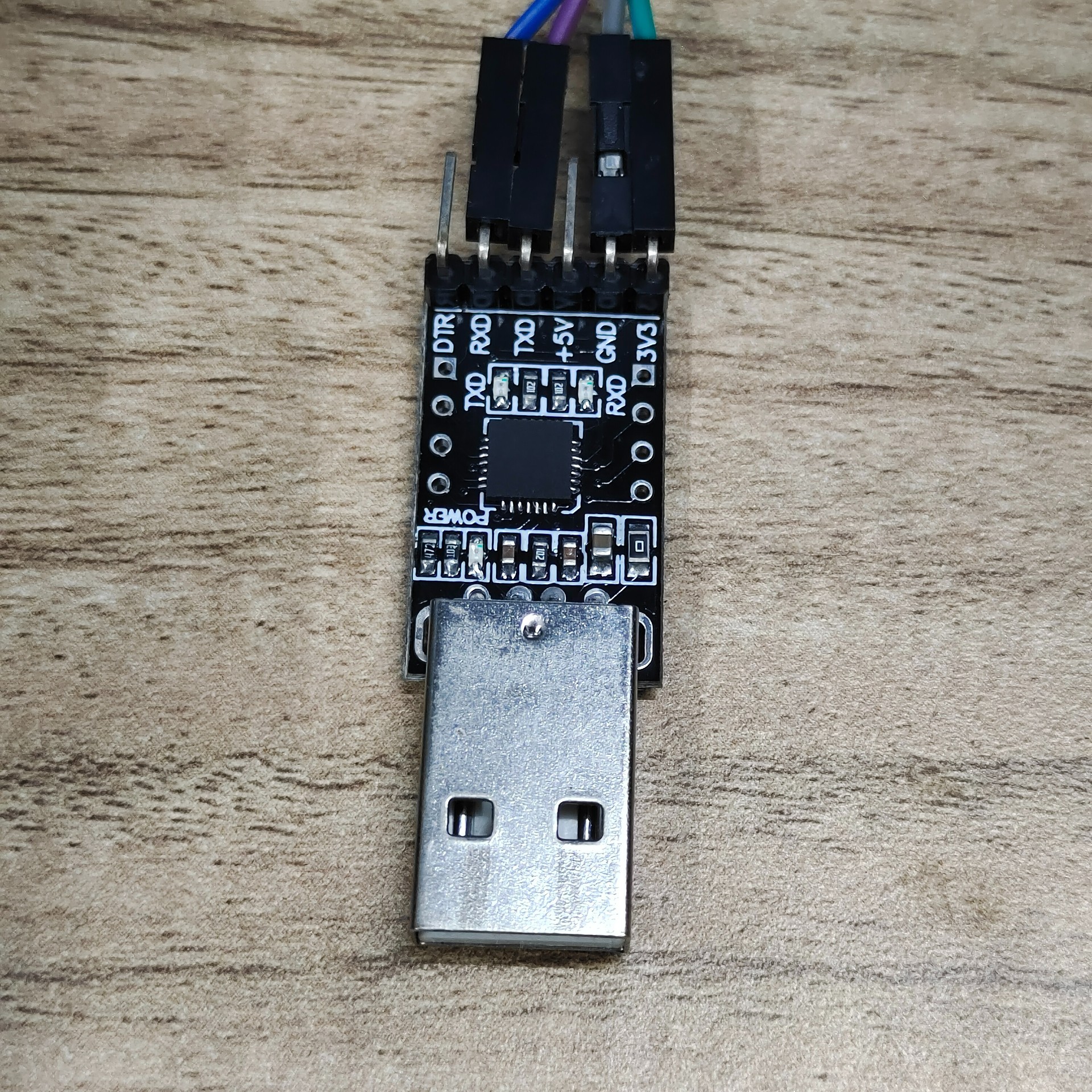

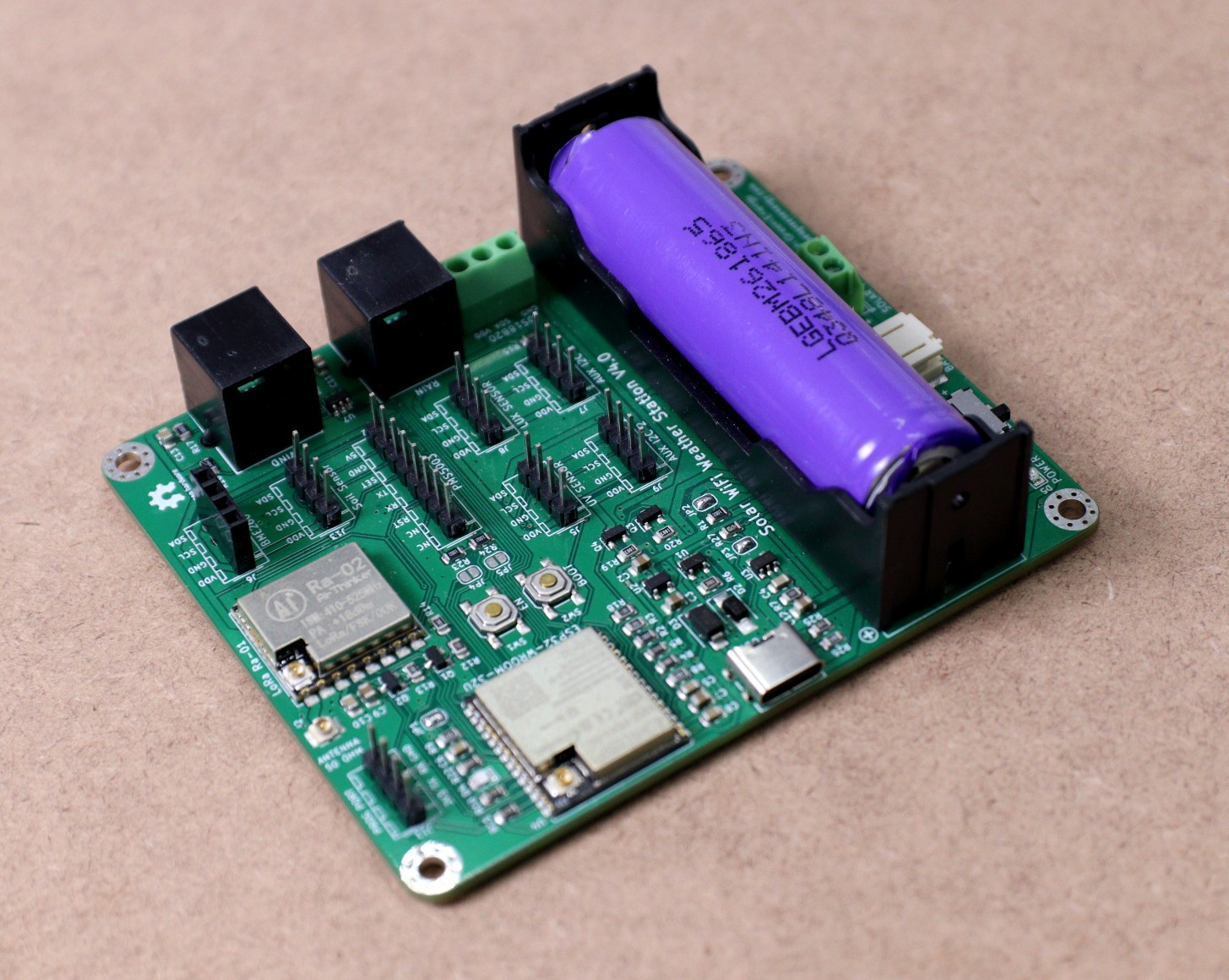














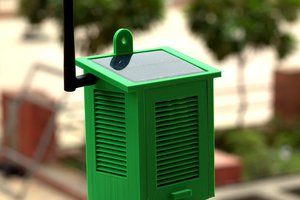
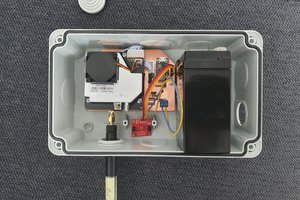
 mihai.cuciuc
mihai.cuciuc
So far it appears the software does not support the e-paper display. I have upgraded my system to include the 7.3 eight color e-paper display. I am working on code to support it.